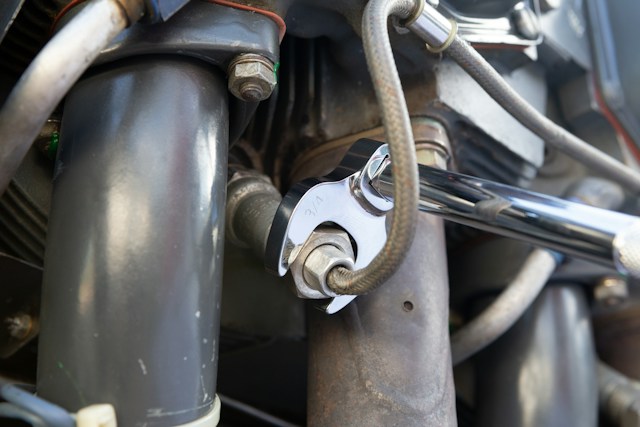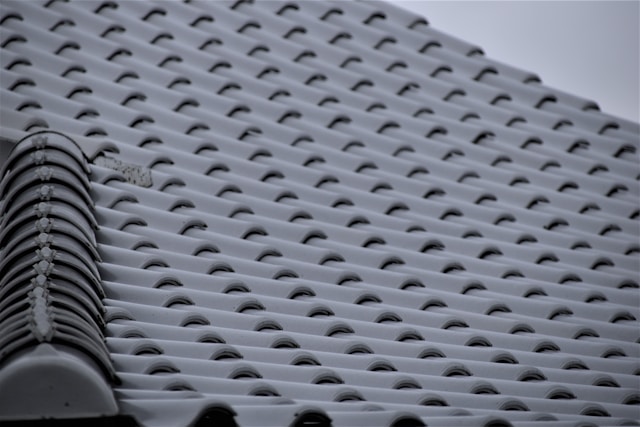Safety and efficiency are the two pillars that hold the world of aviation on the pedestal as one of humanity’s most outstanding achievements. As aircraft become more advanced, the demand for aviation tools that enable precise maintenance has never been greater.
So, if you’re interested in learning more about the indispensable worth of precision maintenance tools in the aviation industry, you’ve come to the right place. Welcome to the extraordinary universe where maintenance isn’t just a task; it’s a science, and the tools are the golden keys to mastering it.
The Foundations of Precision Maintenance
Precision maintenance is the cornerstone of aviation reliability. It ensures that every component functions with meticulous accuracy. After all, safety is simply non-negotiable. Precision maintenance goes beyond routine check-ups; it demands precision in every task, from torque application to alignment. It is about preventing breakdowns, of course, but it’s focused on directly influencing important aspects of any aircraft, such as:
- Safety
- Operational efficiency
- Overall performance
A failure to uphold precision standards can compromise the functionality of individual components and the entire aircraft system. These components have a delicate relationship and even the smallest deviation from the standard can have cataclysmic consequences. It’s about preemptive measures, proactive assessments, and a commitment to maintaining aircraft to the highest standards.
Essential Tools for Precision Maintenance in Aviation
Precision maintenance in aviation relies heavily on a specialized arsenal of tools designed to meet the rigorous demands of accuracy and reliability. These tools ensure that every nut, bolt, and component is meticulously maintained. So, keeping this in mind, here are some of the most important tools for precision maintenance in aviation:
1. Torque Wrenches
There is no way around it – precision begins with torque. Torque wrenches guarantee that fasteners are tightened to exact specifications. They prevent under-tightening or over-tightening that could compromise the structural integrity of aircraft components. Each model is made for unique aviation maintenance needs, from electronic torque wrenches to hydraulic models.
2. Laser Alignment Tools
Nothing says “precise” like laser tools. They are an advanced solution to achieve accuracy in alignment, which contributes to critical systems’ overall efficiency and longevity. There are many different laser tools, and each one has its own application in the precision maintenance process. Here are the most common examples:
- Rotating Laser Levels – ideal for aligning rotating machinery components such as aircraft engine shafts.
- Bore Alignment Lasers -Used for aligning bores, shafts, and couplings in aircraft propulsion systems.
- Shaft Alignment Lasers – Essential for aligning shafts and gear systems in aircraft transmissions.
- Flatness Measurement Lasers – Used to assess the flatness of surfaces, crucial for components like landing gear or wing assemblies.
All these tools have one important aspect in common – they are made to bring precision to its utmost perfection in every conceivable way.
3. Vibration Analysis Equipment
Detecting issues before they can escalate is crucial in aviation maintenance. Vibration analysis equipment helps identify irregularities in machinery and allows for proactive measures to be taken. These tools, from accelerometers to vibration meters, enable maintenance professionals to monitor and analyze vibrations effectively.
4. Non-Destructive Testing (NDT) Instruments
Non-Destructive Testing (NDT) instruments are indispensable when it comes to maintaining the structural integrity of aircraft components without causing any damage. Two of the most common NDT instruments are ultrasonic test devices and Eddy current testing probes.
Ultrasonic testing devices detect internal flaws or inconsistencies in materials through high-frequency sound waves. They enable non-intrusive inspections of critical components like welds and engine parts and ensure structural soundness without disassembly.
On the other hand, Eddy current testing probes employ electromagnetic currents to identify surface cracks or defects in conductive materials. They are particularly effective in assessing the integrity of aluminum structures in aircraft, offering a swift and accurate means of detecting potential issues.
5. Electronic Testing Devices
Aircraft heavily rely on electronic systems, so it’s no wonder that here precise testing is crucial as well. Electronic testing devices help avionic systems and components operate flawlessly. Multimeters, oscilloscopes, and other devices are essential for maintaining the complex electronic systems within aircraft.
These five were some of the best aviation tools out there, and now it’s time to learn more about how technology had its impact on this industry as a whole.
Industry Trends and Innovations
Like any other modern industry, the aviation maintenance industry must and is staying ahead of the latest trends and innovations that can offer better efficiency and safety, as well as cost-effectiveness. As technology continues to advance, the aviation sector has the privilege to be one of the first witnesses of cutting-edge tools and techniques. From artificial intelligence (AI) used in diagnostics to predictive analytics, the proactive identification of potential issues and streamlining of maintenance processes is bound to get even better.
Final Thoughts
In the end, no matter what tool you have in mind, they all have some aspects in common. They are all the essence of safety, efficiency, and reliability. As the aviation industry continues to soar toward innovation and flights become even more smooth and perfected, this commitment to precision maintenance will remain unwavering. It will always be the bedrock upon which the wings of progress and safety unfalteringly rest.
Article for Mister Worker® See company profile https://www.misterworker.com/en/about-us-4.







